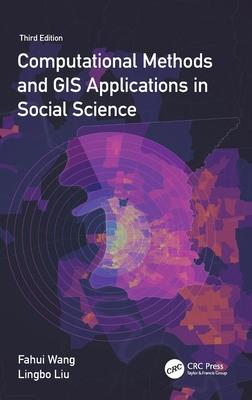This textbook integrates GIS, spatial analysis, and computational methods for solving real-world problems in various policy-relevant social science applications. Thoroughly updated, the third edition showcases the best practices of computational spatial social science and includes numerous case studies with step-by-step instructions in ArcGIS Pro and open-source platform KNIME. Readers sharpen their GIS skills by applying GIS techniques in detecting crime hotspots, measuring accessibility of primary care physicians, forecasting the impact of hospital closures on local community, or siting the best locations for business.
FEATURES
- Fully updated using the latest version of ArcGIS Pro and open-source platform KNIME
- Features two brand-new chapters on agent-based modeling and big data analytics
- Provides newly automated tools for regionalization, functional region delineation, accessibility measures, planning for maximum equality in accessibility, and agent-based crime simulation
- Includes many compelling examples and real-world case studies related to social science, urban planning, and public policy
- Provides a website for downloading data and programs for implementing all case studies included in the book and the KNIME lab manual
Intended for students taking upper-level undergraduate and graduate-level courses in quantitative geography, spatial analysis, and GIS applications, as well as researchers and professionals in fields such as geography, city and regional planning, crime analysis, public health, and public administration.












